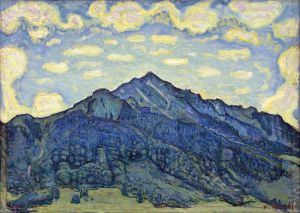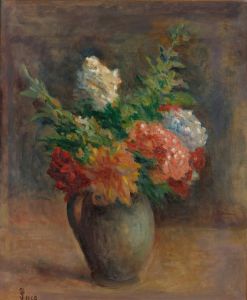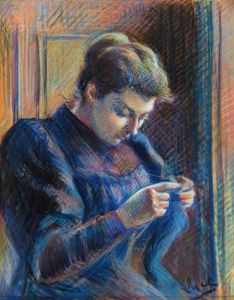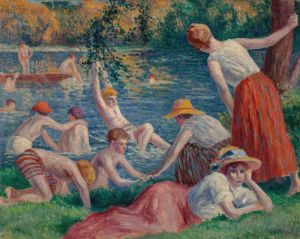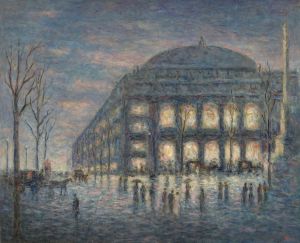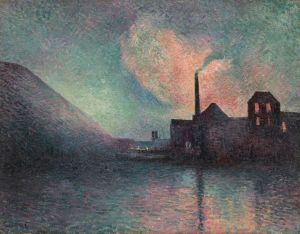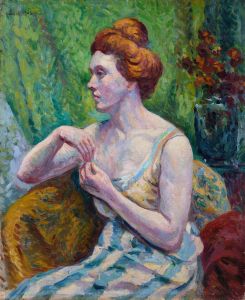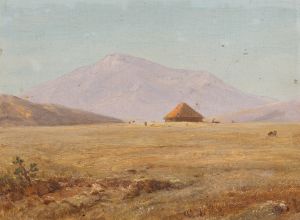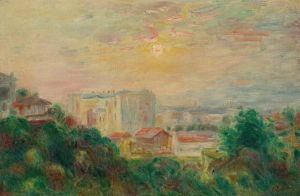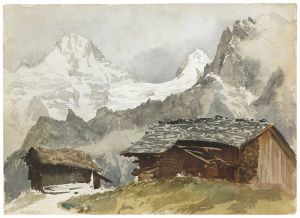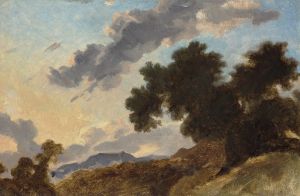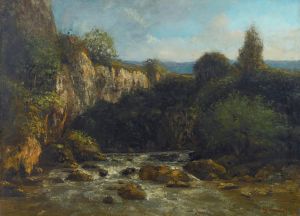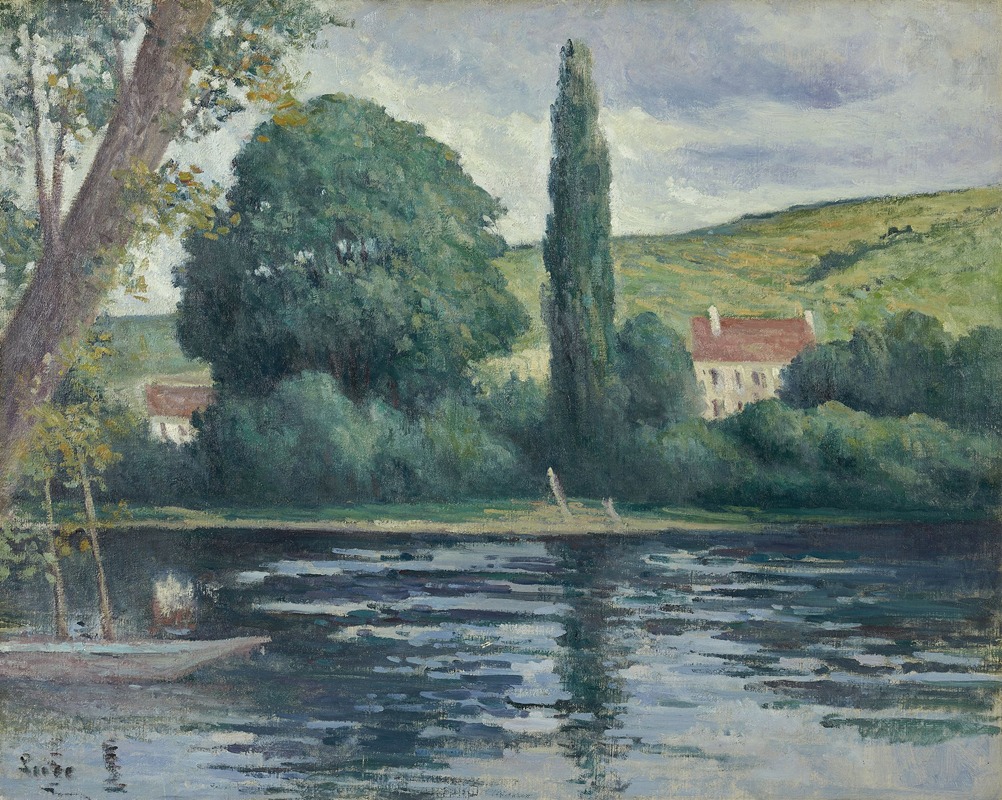
La Seine à Vernonnet
A hand-painted replica of Maximilien Luce’s masterpiece La Seine à Vernonnet, meticulously crafted by professional artists to capture the true essence of the original. Each piece is created with museum-quality canvas and rare mineral pigments, carefully painted by experienced artists with delicate brushstrokes and rich, layered colors to perfectly recreate the texture of the original artwork. Unlike machine-printed reproductions, this hand-painted version brings the painting to life, infused with the artist’s emotions and skill in every stroke. Whether for personal collection or home decoration, it instantly elevates the artistic atmosphere of any space.
Maximilien Luce's La Seine à Vernonnet is an oil painting that exemplifies the artist's mastery of the Neo-Impressionist style. Painted in 1920, the artwork captures a serene view of the Seine River as it flows through Vernonnet, a small village in Normandy, France. Vernonnet, located near the town of Vernon, was a region that inspired many artists, including Claude Monet, due to its picturesque landscapes and tranquil atmosphere.
Luce, a prominent figure in the Neo-Impressionist movement, was known for his use of the divisionist technique, which involves applying small, distinct dots or strokes of color to create a vibrant and luminous effect. In La Seine à Vernonnet, Luce employs this technique to depict the interplay of light and water, showcasing his skill in rendering natural elements. The painting features a harmonious blend of blues, greens, and earthy tones, reflecting the calm waters of the Seine and the surrounding vegetation.
The composition of the painting is balanced and peaceful, with the river occupying the central focus. The scene is devoid of human activity, emphasizing the quiet beauty of the natural environment. This approach aligns with Luce's broader artistic philosophy, which often celebrated the simplicity and tranquility of rural and suburban life.
Maximilien Luce (1858–1941) was a French painter, engraver, and lithographer who played a significant role in the development of Neo-Impressionism. Initially influenced by the works of Georges Seurat and Paul Signac, Luce adopted their scientific approach to color and light, which became a hallmark of his artistic style. Over time, his work evolved to include more expressive and personal interpretations of landscapes and urban scenes.
La Seine à Vernonnet is part of a series of works Luce created during his time in Vernonnet, where he lived for several years. The region's idyllic scenery provided him with ample inspiration, and his paintings from this period are celebrated for their ability to capture the essence of the French countryside. Today, this painting is recognized as a testament to Luce's technical skill and his deep appreciation for nature.
The painting is housed in the Musée d'Orsay in Paris, France, a museum renowned for its extensive collection of Impressionist and Post-Impressionist masterpieces. It remains a significant example of Luce's contribution to the Neo-Impressionist movement and his dedication to portraying the beauty of the natural world.





